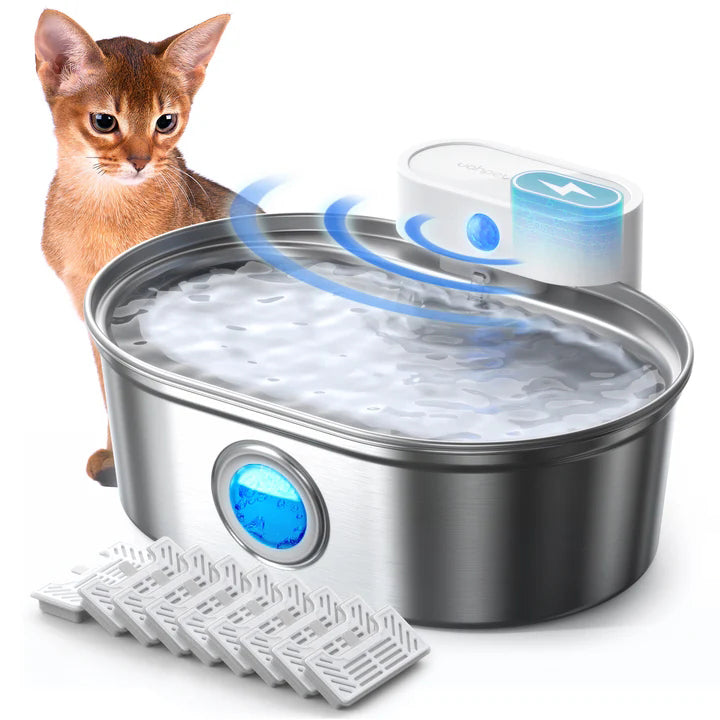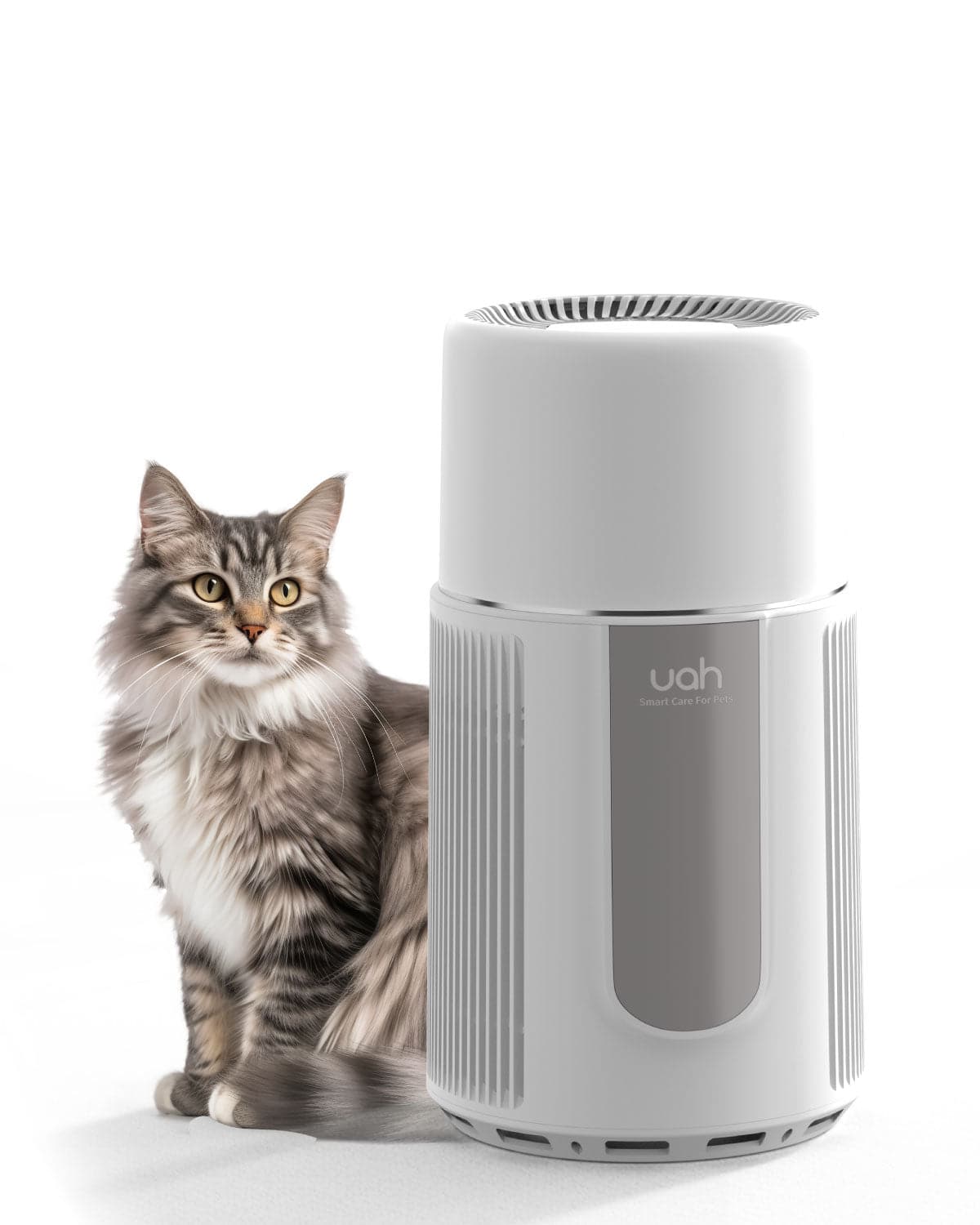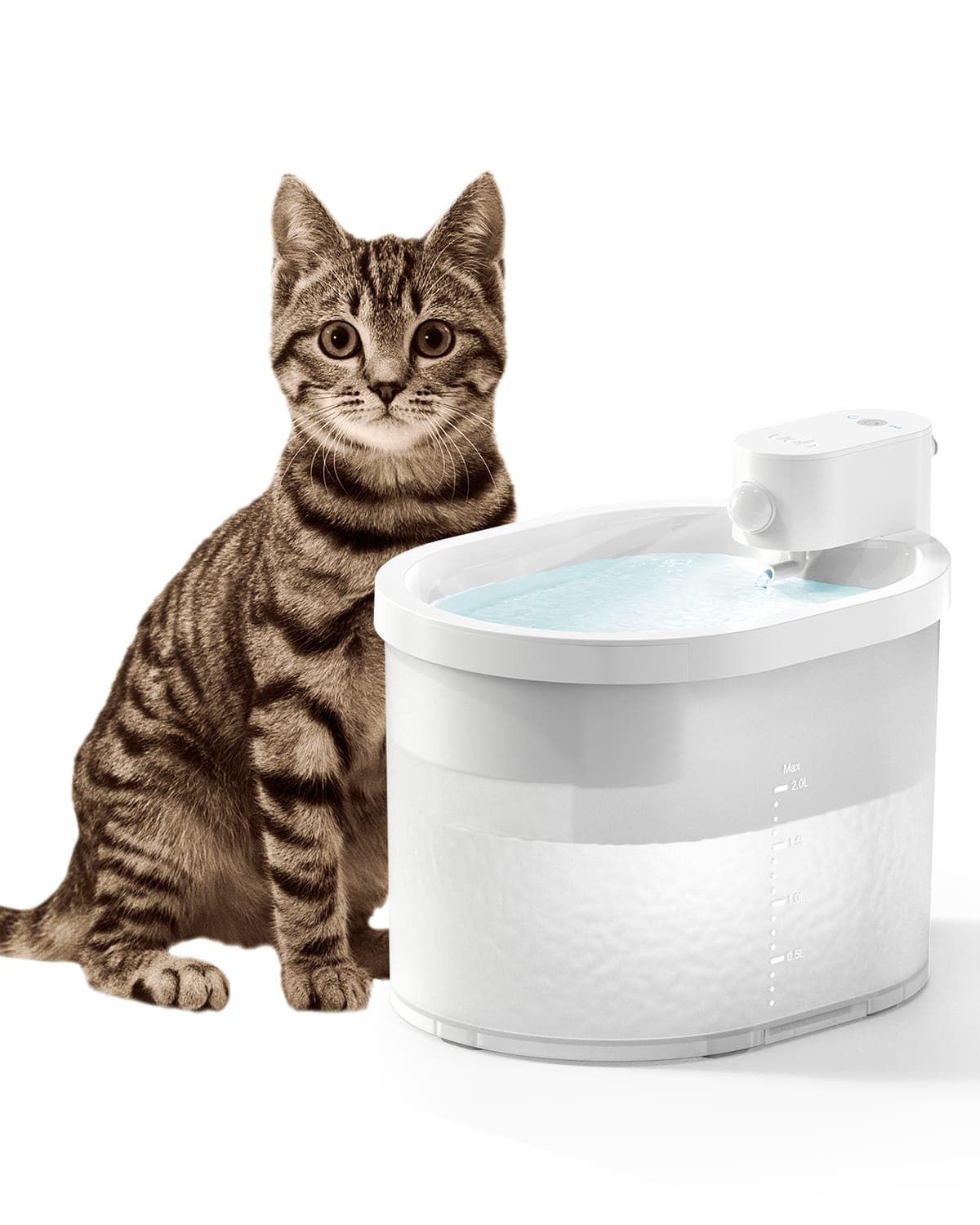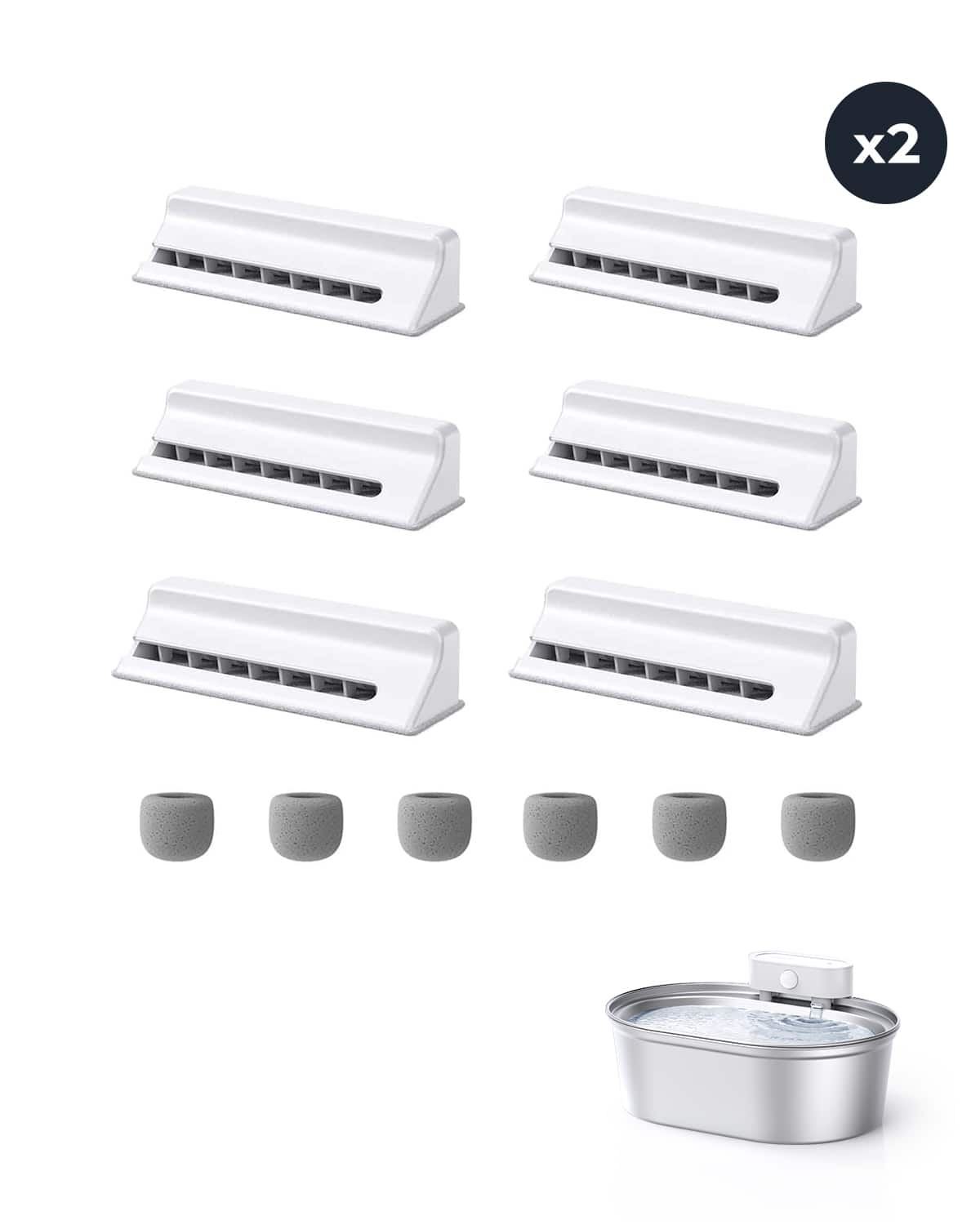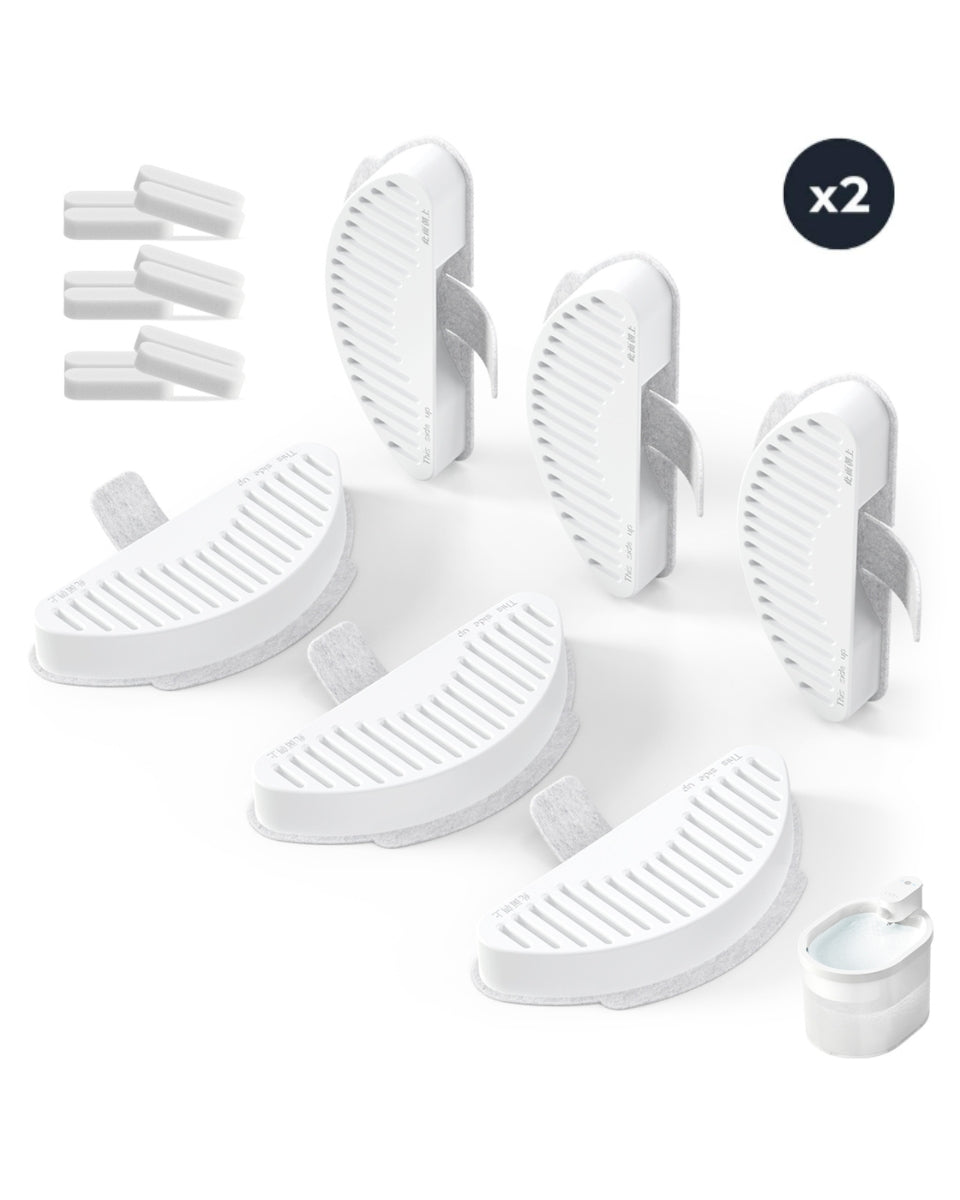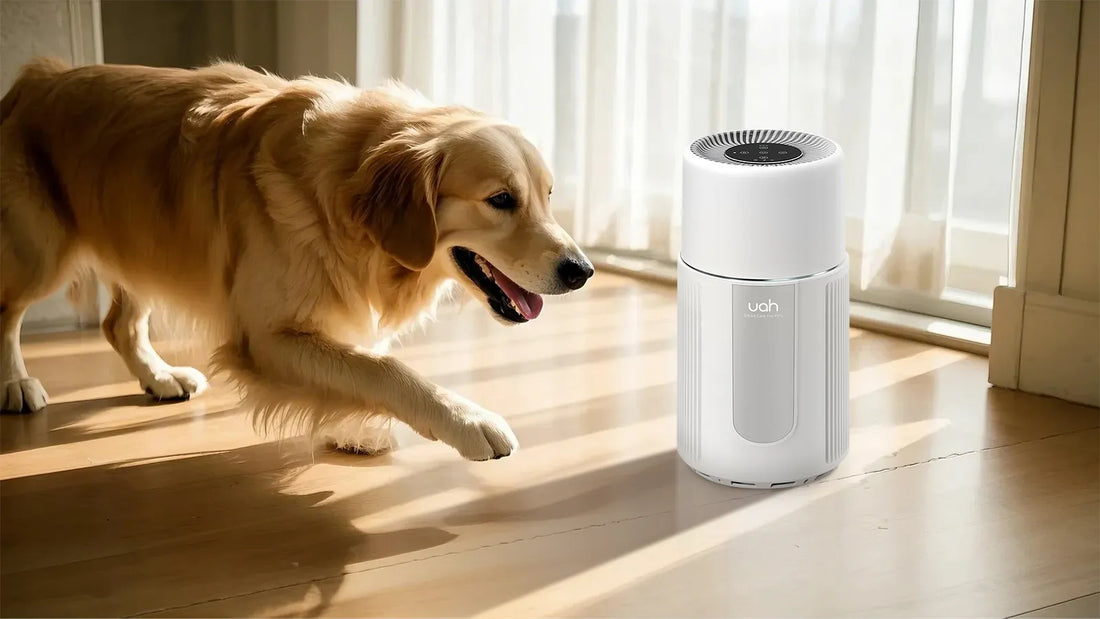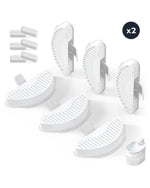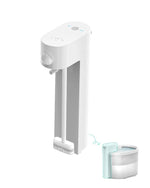Living with pets can be a joy, but for those with allergies, it can also be a challenge. Pet dander, hair, and other allergens can linger in the air, causing discomfort and health issues. This is where top air purifiers for pet allergies come into play. These devices are designed to capture and eliminate airborne allergens, ensuring a cleaner and healthier living space. In this article, we will explore the importance of air purifiers, how they work, and what to look for when choosing the best one for your needs.
Understanding Pet Allergies
Pet allergies are caused by proteins found in an animal's skin cells, urine, and saliva. These proteins can become airborne and settle on surfaces, making it difficult to avoid exposure. Common symptoms of pet allergies include sneezing, runny nose, itchy eyes, and even asthma attacks. For individuals with severe allergies, these symptoms can significantly impact their quality of life. This is why it is crucial to take steps to reduce allergen levels in the home, and air purifiers are an effective solution.
How Air Purifiers Work
Air purifiers work by drawing in air from the surrounding environment and passing it through a series of filters. These filters capture particles such as pet dander, hair, dust, and other allergens. The most effective air purifiers for pet allergies use HEPA (High-Efficiency Particulate Air) filters, which can capture particles as small as 0.3 microns with an efficiency of 99.97%. Some air purifiers also include additional features such as activated carbon filters, which can remove odors, and UV-C light, which can kill bacteria and viruses.
Key Features to Look For
When choosing an air purifier for pet allergies, there are several key features to consider. First, look for a device with a true HEPA filter, as this is the most effective type of filter for capturing allergens. Second, consider the size of the room where the air purifier will be used. Make sure the device is capable of handling the square footage of the space. Third, check the Clean Air Delivery Rate (CADR), which indicates how quickly the air purifier can clean the air. A higher CADR means faster and more efficient air purification. Finally, consider additional features such as noise level, energy efficiency, and ease of maintenance.
Maintenance Tips
To ensure your air purifier continues to perform effectively, regular maintenance is essential. This includes replacing the filters as recommended by the manufacturer. HEPA filters typically need to be replaced every 6 to 12 months, while activated carbon filters may need to be replaced more frequently. Additionally, it is important to clean the exterior of the air purifier regularly to prevent dust buildup. Some air purifiers also have washable pre-filters, which can be cleaned and reused, reducing the need for frequent filter replacements.
Benefits of Using an Air Purifier
Using an air purifier for pet allergies offers numerous benefits. First and foremost, it can significantly reduce allergen levels in the home, providing relief from allergy symptoms. This can lead to improved sleep, better respiratory health, and an overall better quality of life. Additionally, air purifiers can help eliminate odors, making your home smell fresher and cleaner. They can also capture other airborne pollutants such as dust, pollen, and smoke, making them a valuable addition to any household.
Choosing the Right Air Purifier
With so many options available, choosing the right air purifier for pet allergies can be overwhelming. Start by assessing your specific needs, such as the size of the room, the severity of your allergies, and any additional features you may want. Read reviews and compare different models to find one that meets your criteria. It is also a good idea to check the warranty and customer support options, as this can provide peace of mind in case of any issues.
Common Misconceptions
There are several common misconceptions about air purifiers for pet allergies. One is that they can completely eliminate all allergens from the home. While air purifiers can significantly reduce allergen levels, they cannot remove all allergens, especially those that have settled on surfaces. Another misconception is that all air purifiers are the same. In reality, there are significant differences in terms of filtration efficiency, features, and performance. It is important to do your research and choose a high-quality air purifier that is specifically designed for pet allergies.
Additional Tips for Reducing Allergens
In addition to using an air purifier, there are several other steps you can take to reduce pet allergens in your home. Regular grooming and bathing of your pet can help reduce the amount of dander they produce. Vacuuming frequently with a vacuum cleaner equipped with a HEPA filter can also help remove allergens from carpets and upholstery. Washing bedding and curtains regularly can further reduce allergen levels. Finally, consider creating pet-free zones in your home, such as the bedroom, to provide a space where you can escape from allergens.
The Future of Air Purification
As technology continues to advance, the future of air purification looks promising. New innovations such as smart air purifiers, which can be controlled via smartphone apps, are becoming increasingly popular. These devices can monitor air quality in real-time and adjust their settings accordingly, providing optimal performance. Additionally, research is ongoing into new filtration technologies that can capture even smaller particles and provide even greater protection against allergens. As these technologies become more widely available, they will offer even more effective solutions for those with pet allergies.
If you suffer from pet allergies, investing in a top air purifier can make a world of difference. These devices can significantly reduce allergen levels in your home, providing relief from symptoms and improving your overall quality of life. By understanding how air purifiers work, what features to look for, and how to maintain them, you can choose the best air purifier for your needs. Don't let pet allergies control your life—take control of your indoor air quality today and breathe easier tomorrow.

![[🎃Halloween Sale]UAHPET Stainless Steel Self-Cleaning Cat Litter Box](http://www.uahpet.com/cdn/shop/files/1-cat-litter-box.jpg?v=1759128420&width=1600)
